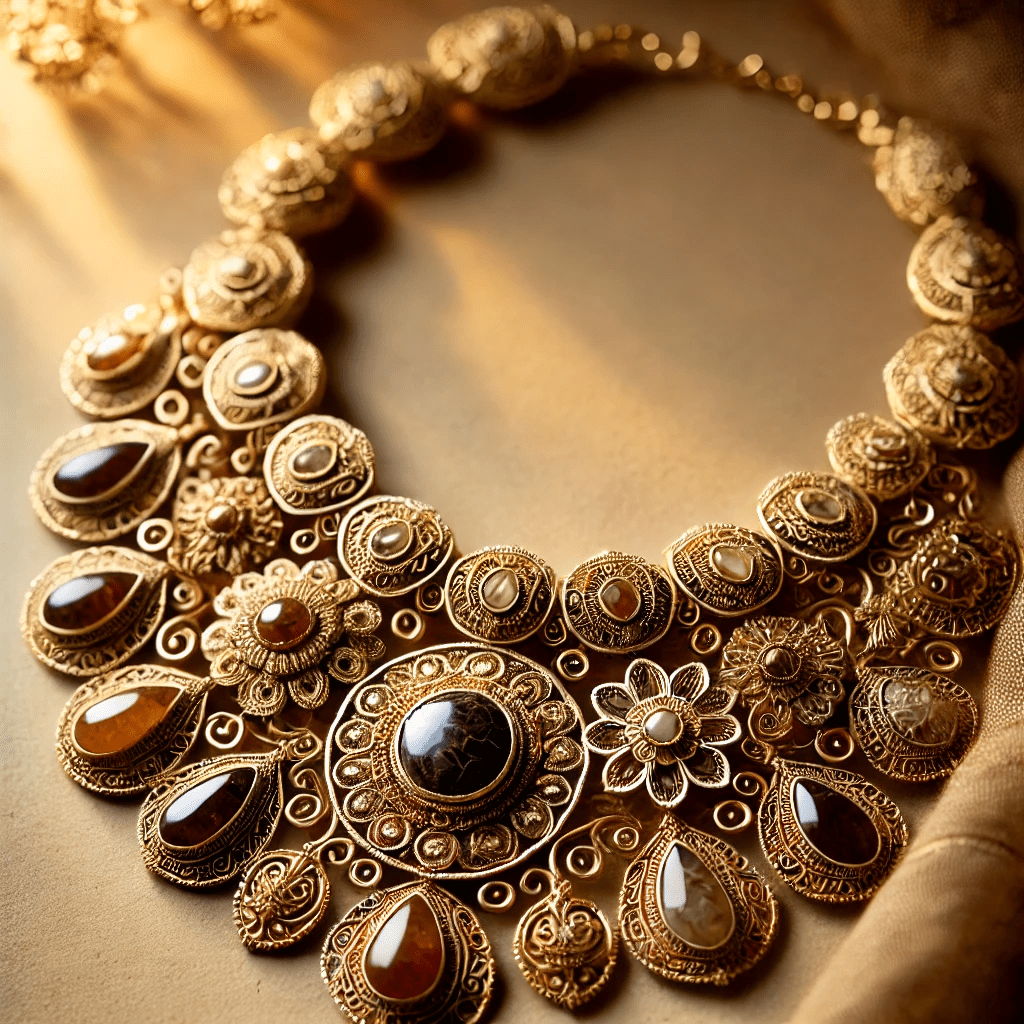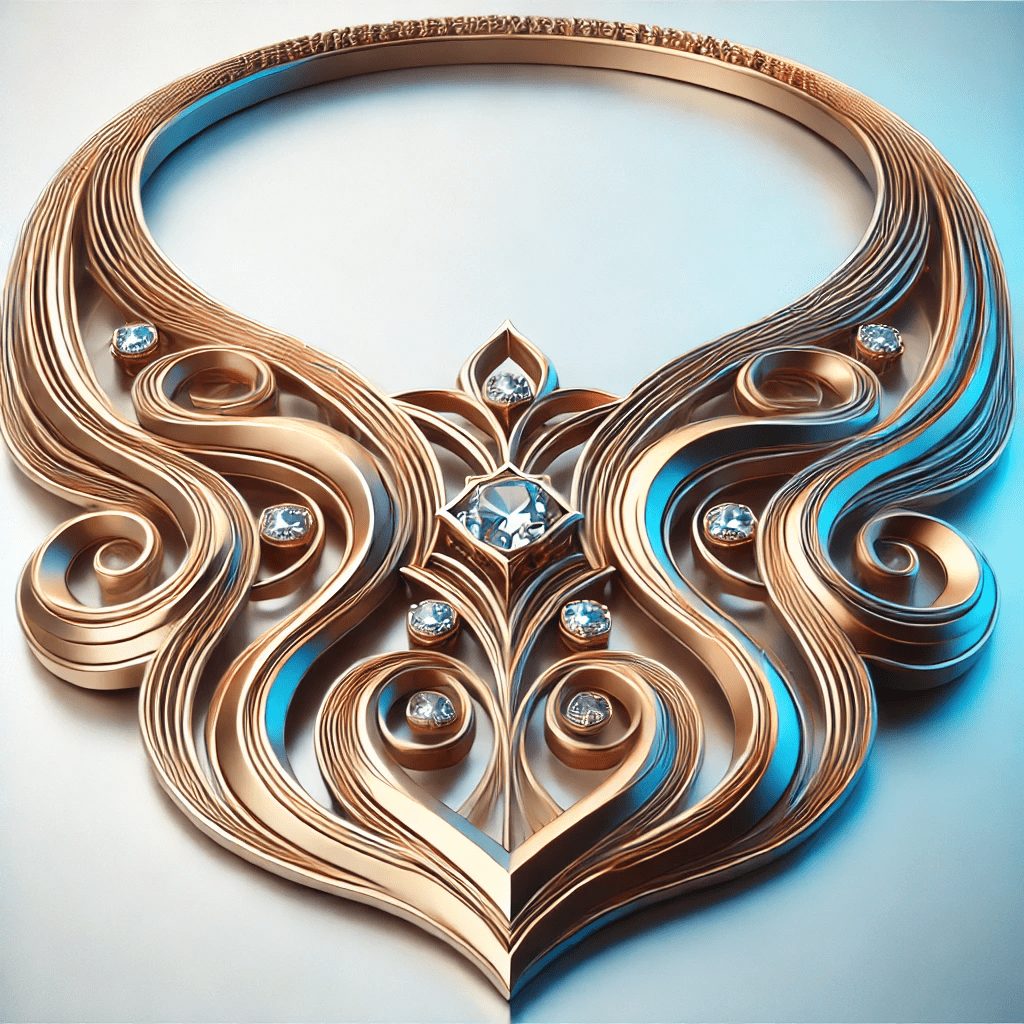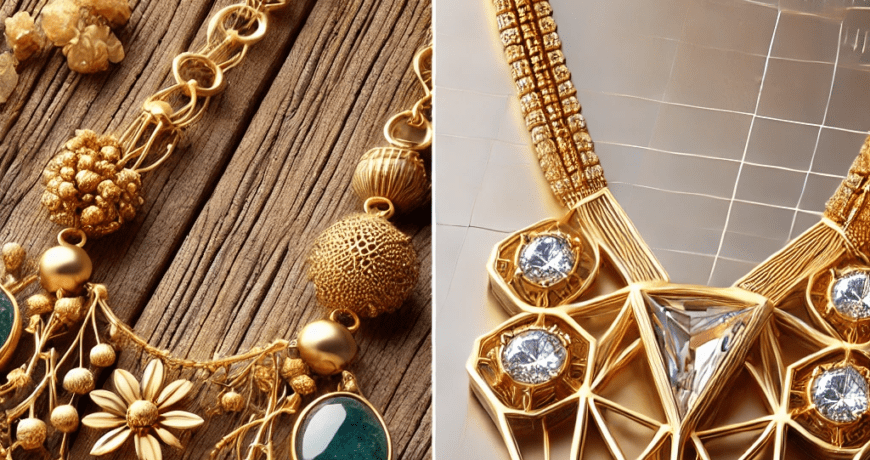Handmade Necklaces vs. 3D CAD-Designed Necklaces: Understanding the Differences and Impurities Leave a comment
The jewelry industry offers a diverse range of products, from the intricate charm of handmade necklaces to the precision of 3D CAD-designed pieces. Each type of jewelry has its unique appeal, craftsmanship, and potential impurities. Understanding the distinctions between these two methods can help consumers make informed decisions about their purchases.
Handmade Necklaces: The Art of Tradition
Handmade necklaces are crafted by skilled artisans who use traditional techniques passed down through generations. These necklaces often exude uniqueness and character, as no two pieces are exactly alike.
Advantages of Handmade Necklaces
- Authenticity and Uniqueness: Each piece reflects the artisan’s creativity and skill, resulting in one-of-a-kind designs.
- Artisanal Touch: Handmade jewelry often has a personal, human touch that adds emotional value.
- Eco-Friendliness: Traditional methods typically use fewer resources and produce less waste compared to industrial processes.

Potential Impurities in Handmade Necklaces
- Material Inconsistencies: Due to manual jewelry processes, there may be slight variations in metal purity or gemstone quality.
- Surface Imperfections: Small dents, scratches, or uneven textures can occur but are often considered part of the charm.
- Durability Issues: Without advanced testing methods, some handmade pieces may have weak joints or structural flaws.
3D CAD-Designed Necklaces: Precision Meets Innovation
Computer-Aided Design (CAD) technology has revolutionized the jewelry-making process, allowing for precise and detailed creations. With CAD, designers can visualize and modify intricate designs before production.
Advantages of 3D CAD-Designed Necklaces
- Precision: CAD technology ensures symmetry and accuracy, resulting in flawless designs.
- Customizability: Customers can request specific alterations, and the digital model can be adjusted accordingly.
- Mass Production Capability: Designs can be easily replicated, making it ideal for creating consistent collections.

Potential Impurities in CAD-Designed Necklaces
- Casting Impurities: While CAD designs are precise, the casting process can introduce air bubbles or inclusions in the metal.
- Material Uniformity: Depending on the manufacturer, variations in material quality may occur.
- Synthetic Appearance: Some consumers feel that CAD-designed pieces lack the organic charm of handmade jewelry.
Impact of Impurities on Jewelry Quality
Regardless of the method, impurities can affect the aesthetic, durability, and value of a necklace. Here’s how:
- Metal Purity: Impurities like trace elements or poor alloying can weaken the metal and affect its luster.
- Gemstone Clarity: Natural gemstones may contain inclusions, which can reduce brilliance. Handmade necklaces often embrace these imperfections, while CAD designs aim to minimize them.
- Structural Integrity: Impurities in the manufacturing process, such as air bubbles or weak soldering, can lead to breakage over time.
Choosing the Right Necklace for You
The choice between handmade and CAD-designed necklaces depends on personal preferences:
- Opt for handmade necklaces if you value tradition, uniqueness, and artisanal charm.
- Choose CAD-designed necklaces if precision, modern aesthetics, and customizability are priorities.
By understanding the strengths and potential impurities of each method, you can select jewelry that aligns with your style, values, and expectations.



